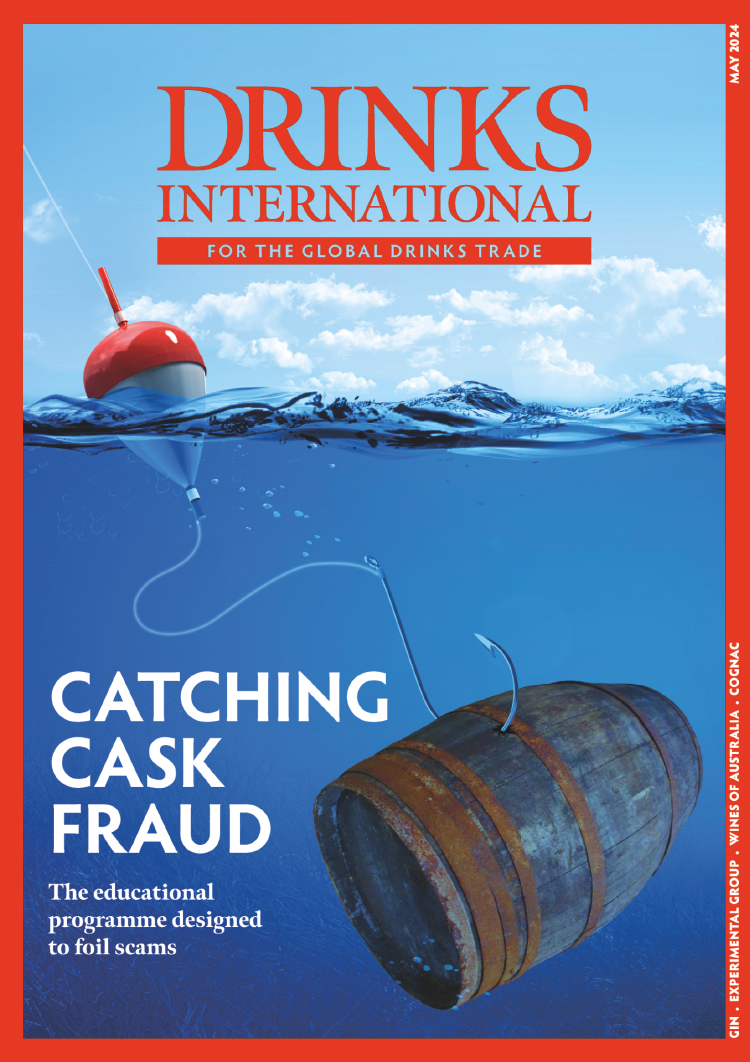Chilean Pisco
Head south of Peru’s border and the Pisco takes on a different form. In fact the only thing that is consistent is the name and the source of alcohol – grapes.
“Chilean Piscos are fruitier and lighter and Peruvians are more complex and heavier,” Capel’s export director Javier Marcos says. “Chilean Pisco is lighter due to the type of still used, while Peruvian varieties are heavier as they are made out of colas, which is their trademark. Chilean Pisco is aimed at making long drinks, while Peruvian Pisco is more used as a before-dinner cocktail.”
While Peru’s production is heavily regulated, Chilean producers can be flexible. Here Pisco can be transparent or yellow-tinged from American or French barrel ageing and will have certainly undergone at least two distillations, normally by column still.
It would be easy to say this flexibility has helped Chilean Pisco’s international expansion but, in truth, it is because the Chileans have been more outward looking. Unlike Peruvian, Chilean Pisco is something of a journeyman and can be found in around 40 international markets.
Wine ambassador
While Peru has its food, Chile has its wine. “The international success of Peruvian cuisine can help Peruvian Pisco to be successful, but we have Chilean wine as a recognised ambassador in the entire world, and this has pushed many consumers to try Chilean Pisco, which is a distillation of Chilean wine,” says Marcos.
The powerhouses of CCU (Compañia Cervecerias Unidas) – a large brewery and beverage company – and Capel represent about 90% of the production in Chile. While Capel claims to be the largest Pisco producer in the world and through its brands – such as Alto del Carmen, Capel, Cochiguaz Artisan, Monte Fraile and Limari – with sales of 1 million 9-litre cases in 2013.
According to Capel, exports are important to the brand. “We are doing well and we believe the international market will wake up sooner rather than later,” says Marcos. “We don’t have a huge marketing budget, but we know that consumers who try our products are our best publicity, as they recommend it to their friends.
“We expect to continue growing, although it is difficult to say where we will grow the most. We think Europe and the US will continue to demand a lot of Pisco but South America and Asia are also growing at important rates. There is much interest worldwide and this is because people are looking for new products. They are bored of drinking always the same thing and Pisco offers new flavours and experiences.”
Because there are two major Pisco companies, most grape growers act as suppliers. “In Chile there are more than 2,500 small grape growers located in the Atacama and Coquimbo regions, just bordering the Atacama Desert, with an average of 5ha,” says Norman Dabner of Pisco Waqar. “Ninety nine per cent are associated with the two largest cooperatives, Capel and Control.”
Dabner has gone it alone with Pisco Waqar and reports sales of his 100% Muscat Pisco, which is made to an old family recipe, are going well. “We are growing in the US, France, UK and Australia and this year we’ll be starting in Italy, Germany and Colombia. We are finding bartenders are a little bored with vodkas and gin and they are asking for spirits such as Tequila, Mezcal, cachaça [and Pisco]. We expect the market to grow double digits in the next five years.




